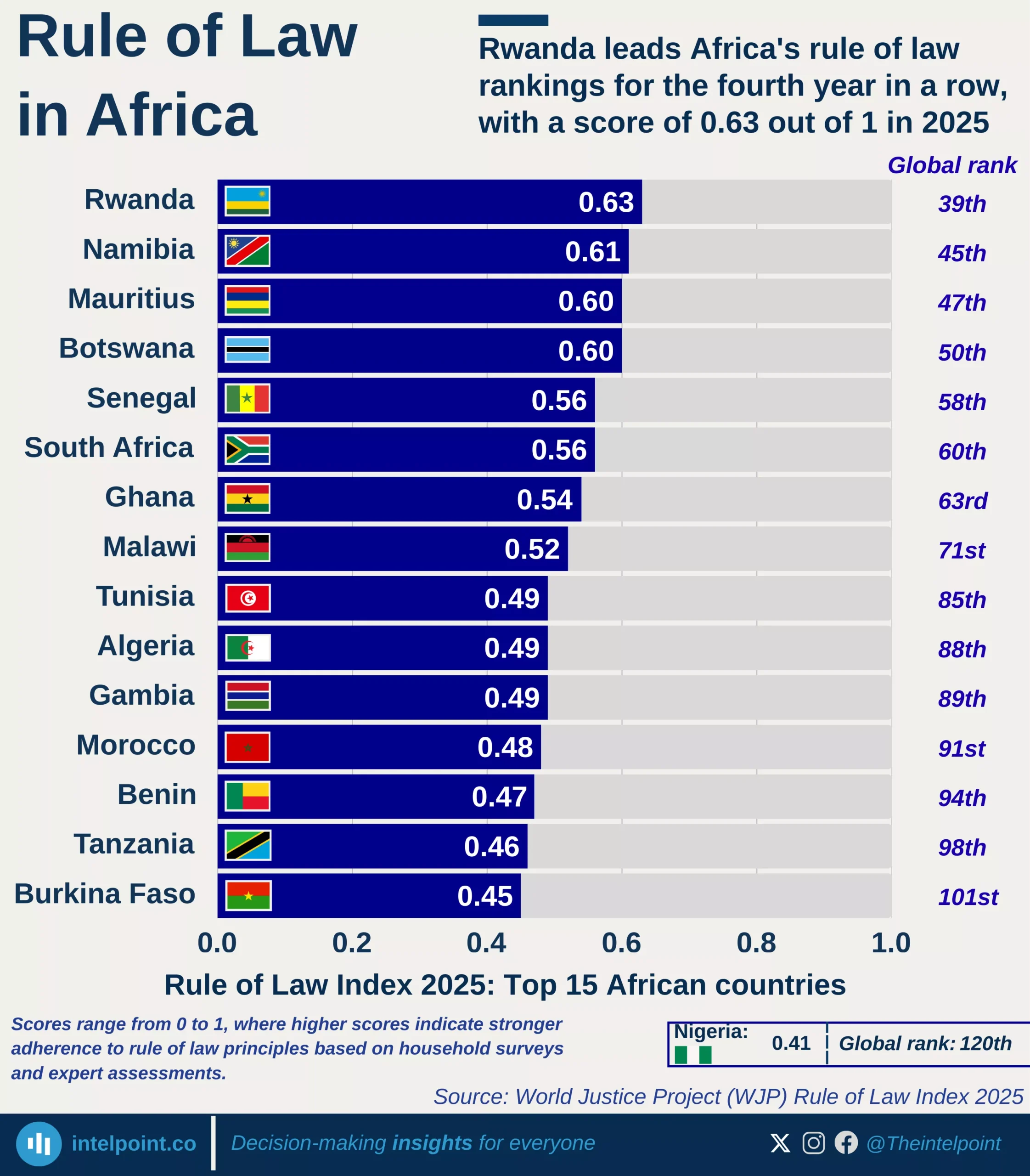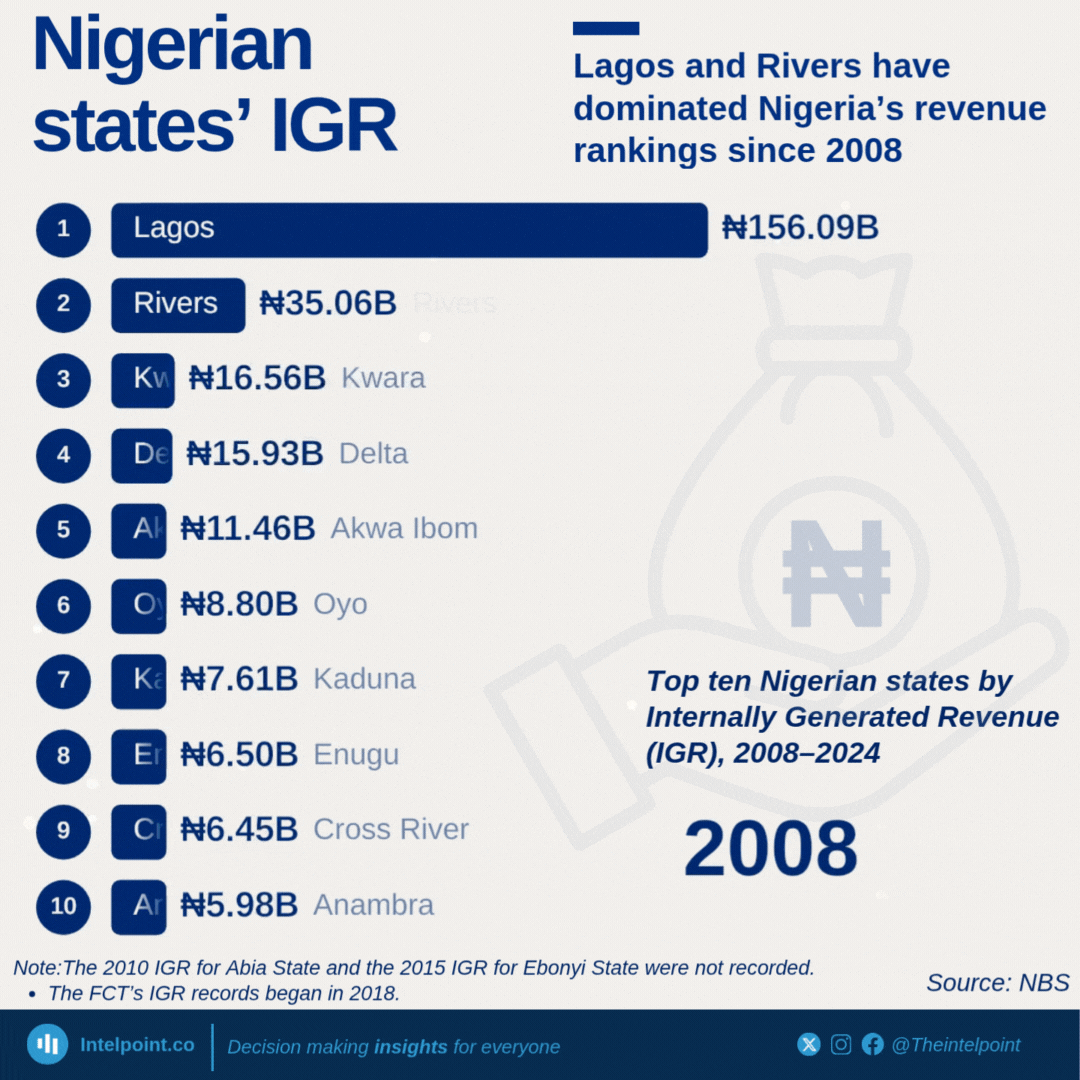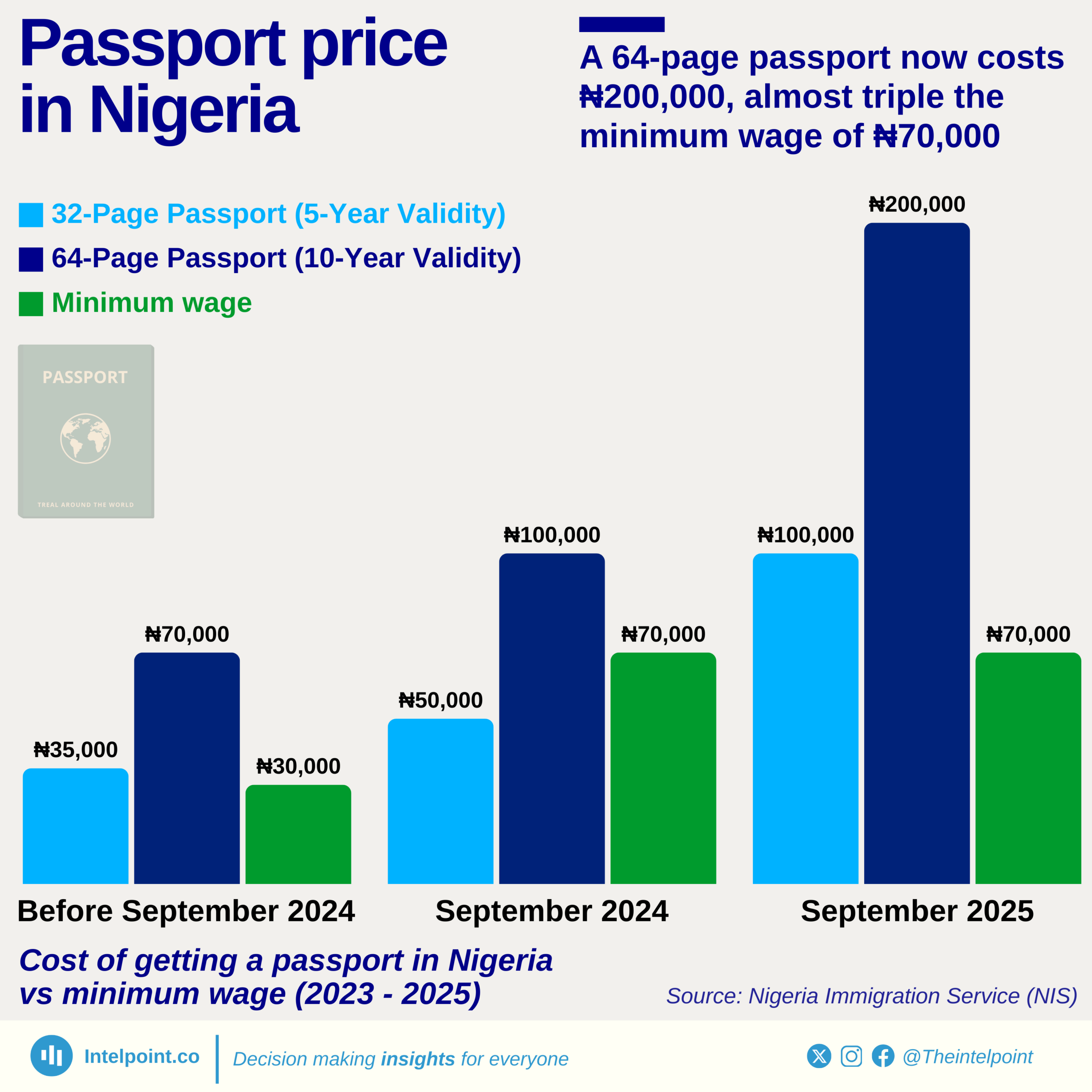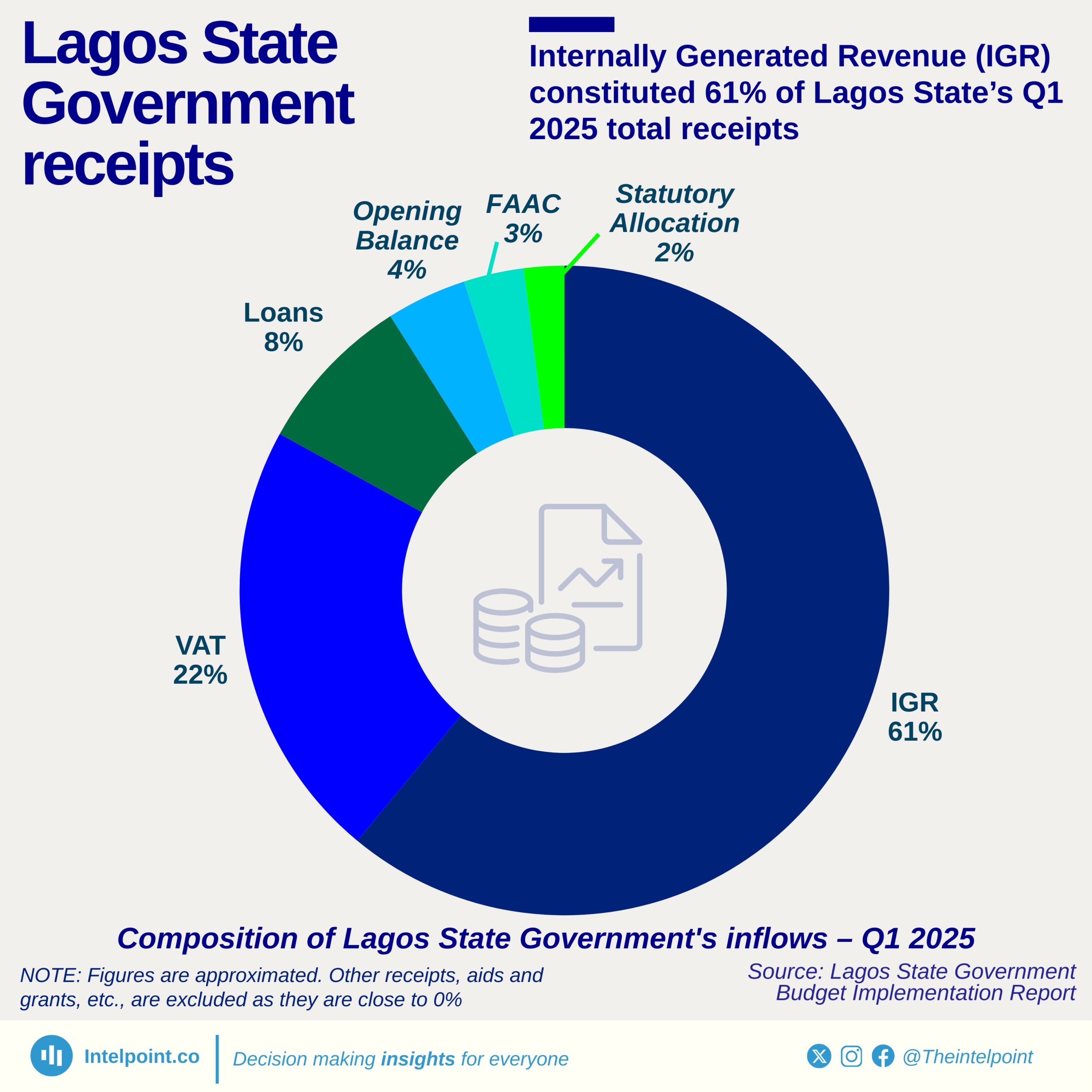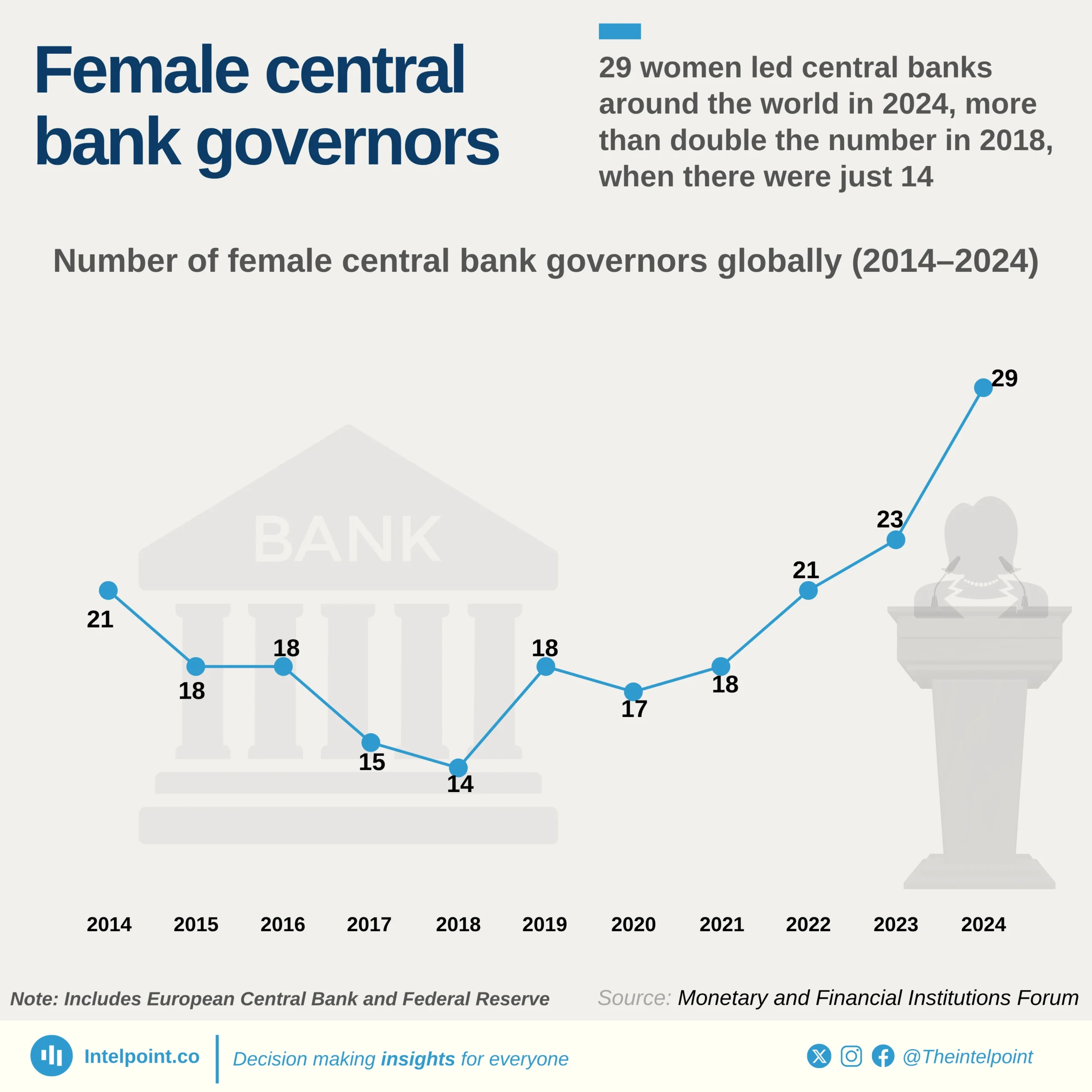Rivers and Niger States, both with budgets exceeding ₦1 trillion, had the fastest budget review process. Budget presentations to the respective state assemblies and signing into law by their governors happened within three and seven days, respectively.
Legislators are usually expected to review budgets, question ministries and agencies on their budget proposals, and make corrections, where necessary. This process is supposed to be thorough, thus, there is a need for weeks and even months to review, depending on the budget size.
As most states begin their fiscal year on the first of January, the speedy passage of the Adamawa, Imo, Kebbi and Rivers budgets could be attributed to their late presentation to their respective state assemblies. Rivers State presented its budget on the 30th of December, 2024 and was the last state to do so.
